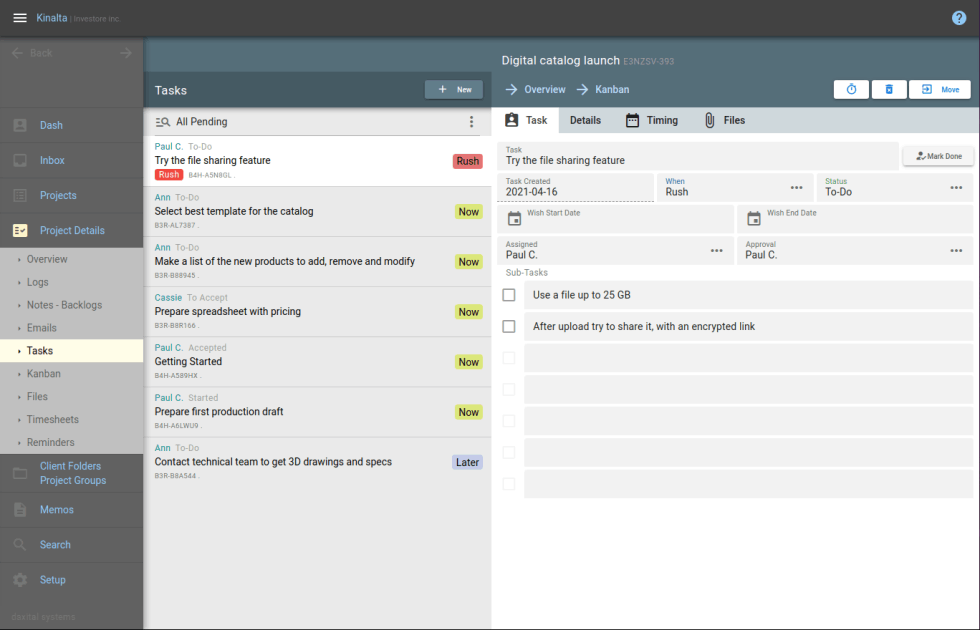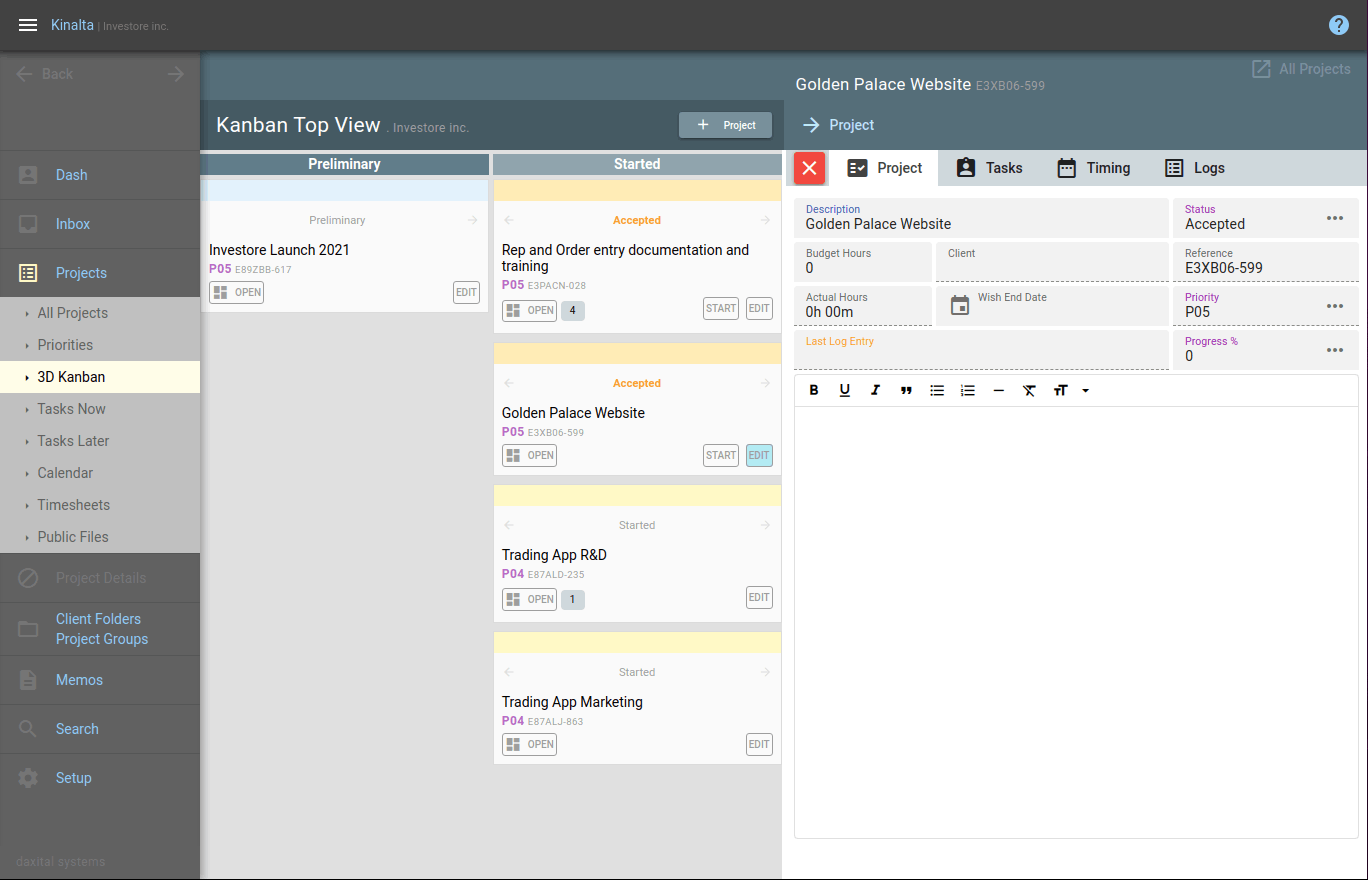
Founded in Vancouver, BC, Kinalta is different because business people can seamlessly manage multiple Scrum teams, products, and Agile projects simultaneously in one App.
Kinalta presents tools and knowledge to help Scrum teams, knowledge workers, become highly productive and efficient. The experts' team offers them online study guides, books, and software to handle projects, tasks, and secure file sharing in the cloud.

GoodFirms team interviewed Paul Larney, the founder of Kinalta. Starting with the interview, Paul beams about the significance of Agile and Lean thinking approaches, which are challenging to master.
Paul defines agile projects as "complicated projects, with many unknowns." He wants to make it much easier to master agile projects and wants a broad range of businesses to use Agile comprising Consulting, Marketing, and other Professional Services.
Paul explains that project management is an essential skill for any business, especially those handling multiple and complex projects. Ergo, enterprises need project management software as a complete set of tools that are used for outlining and scheduling tasks, allocating resources for those projects, and conducting various aspects of a project like approvals, tracking, reporting, and performance.
Kinalta also helps business people right from project inception to its end. It monitors variables by presenting tools for project acceleration and delivering project objectives. It helps cross-functional units achieve project achievement within the stipulated time.
It enables business owners to work on multiple projects in parallel, easily with Scrum, Scrumban, or Lean. It is designed to help project managers master all dimensions of project planning and accomplishment. With Sam, it is easy to create a task for a project. Business people can assign it to somebody or do it on their own. It tracks progress and approves it upon completion.
Clients can get stress-free as there will be no more endless emails threads, disappearing text messages, and distracting chat rooms; they can get back control and master their projects.
Paul mentions that the software is horizontal. It is not tied to a particular industry but is a way of working, for example, consultants, engineers, digital marketers, and, yes, software engineers focus more on these other categories. Kinalta is highly beneficial to knowledge workers contracted to provide some skilled service, with many unknowns.
He also adds to the features by asserting that the experts' team uses, among other systems, a multi-level Kanban, known as 3D Kanban. It makes it possible to arrange and prioritize projects, jump into any of them, arrange and prioritize assignments, and jump to clients' dashboards to organize and prioritize their day. They also have built-in document management to know what was discussed and agreed upon.
Paul also adds to the features mentioned above by mentioning that a critical component is auto-scheduling. Whenever any person changes the priority of a project, all its tasks, for everybody, are rearranged and reprioritized. The AI, Kinalta, hence the name, takes care of this consistent scheduling. It is like having a personal assistant tracking the tasks and helping business people achieves their goals. This is why juggling 5, 10, or 15 complex projects in similarity are possible and seamless in Kinalta.
Thus, above mentioned features enable Kinalta to burgeon amongst the top project management software listed at GoodFirms.
Concluding the interview, Paul mentions that customers love several aspects of Kinalta. First, the ease of operating multiple projects as a team, seamlessly and effortlessly. Second, file-sharing, project-based, can send and receive critical digital documents to and from their clients.
The professionals came to this level of satisfaction by constantly improving the software, getting feedback, and, more importantly, aggressively acting on this feedback. For example, to define projects and prioritize them, the team went through several systems. They thought they were pretty good, but they confused or slowed down users. The experts did not hesitate to scrap them multiple times by making multiple attempts until they found what worked the best.
Paul also states about the big difference, the team believes, between the software and others. They have two divisions at Kinalta teamwork, for tools, and SAM9000 Academy for learning.
The experts see themselves as the Academy to teach different people what Agile is and use it to their maximum advantage. Second, after they help people with the theory, they provide customers with the tools to succeed with this knowledge.
This is why business people have access to tutorials within the software, and outside the software, Paul just published its first book on Agile, and more are coming soon on Amazon.
Thus, having gone through the feature mentioned above shared by Paul, the founder of Kinalta, one can also read the interview published at GoodFirms.

Tasks, cards, in list mode
When you work in Kanban mode, you can drag and drop card from one column to the other, showing progression. Even though the same effect exists when you change a field in the task's details.

Kinalta is an App for Lean Project Management
Use Kinalta to follow up and monitor multiple fast paced projects.